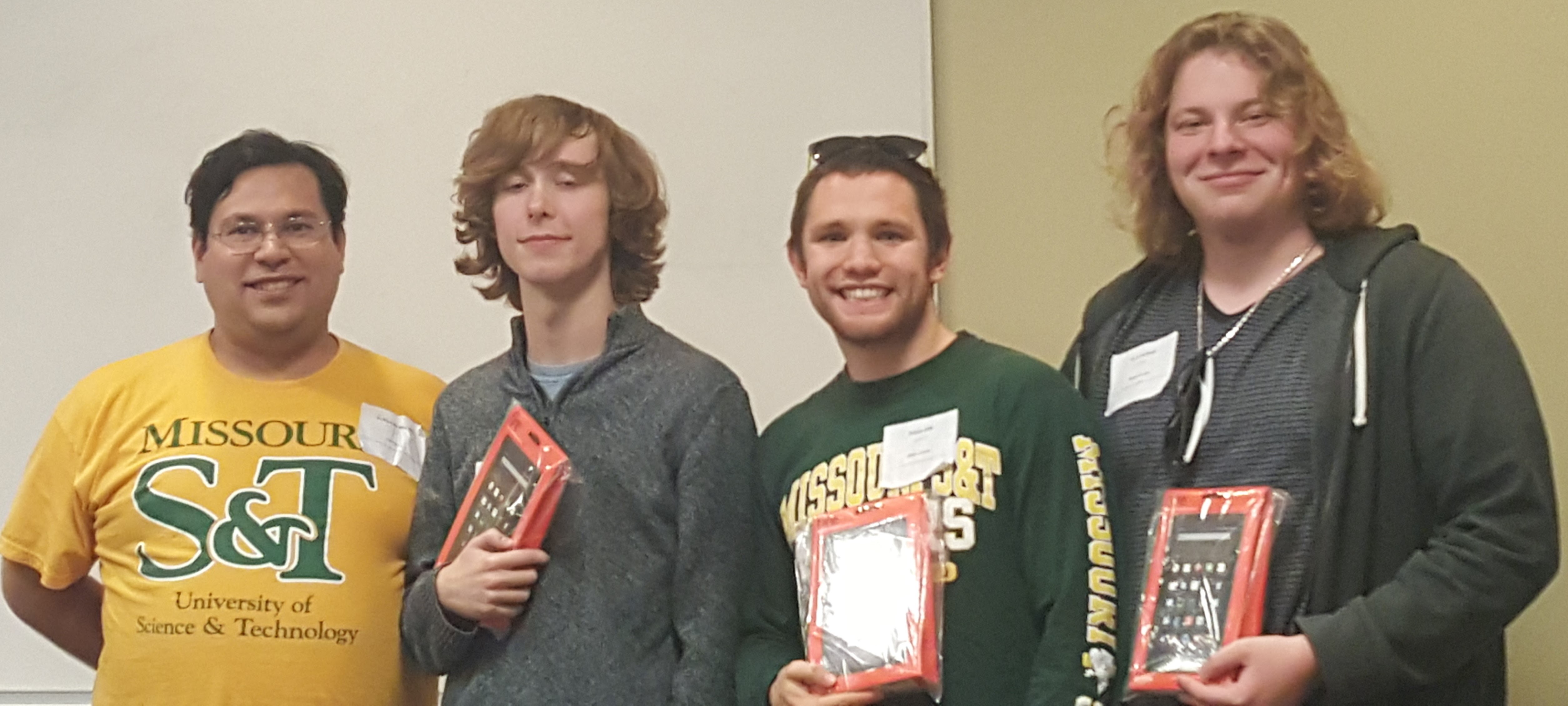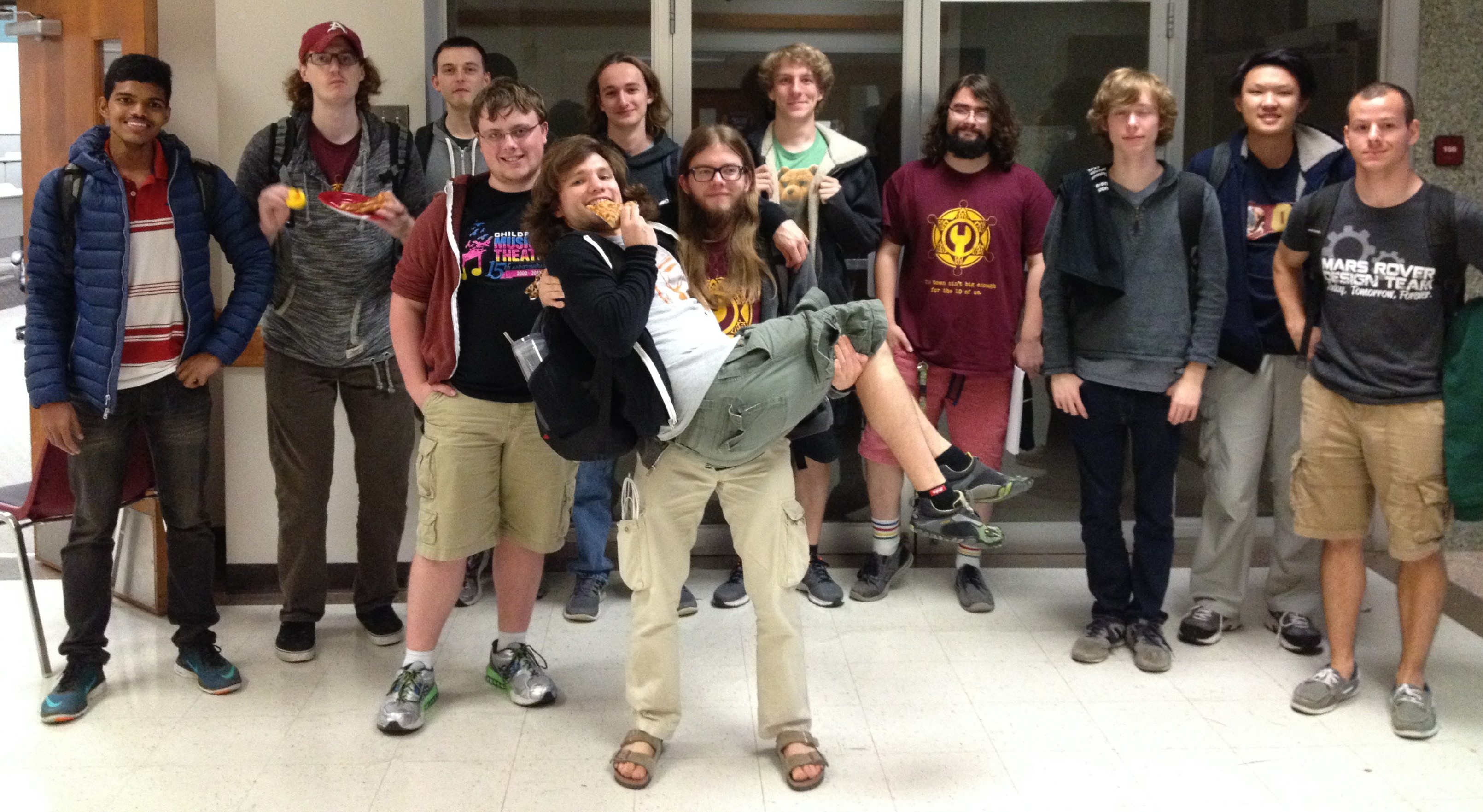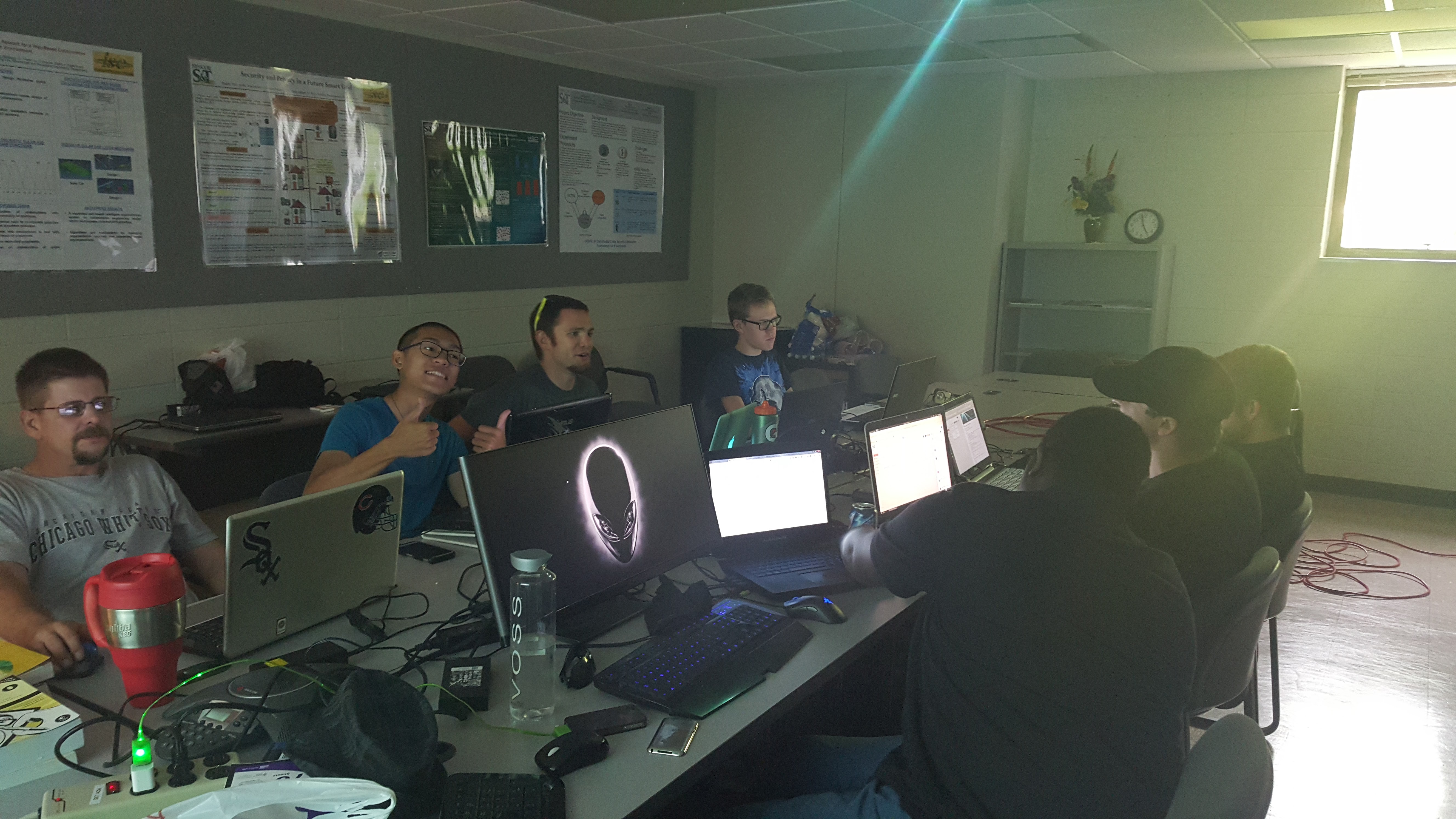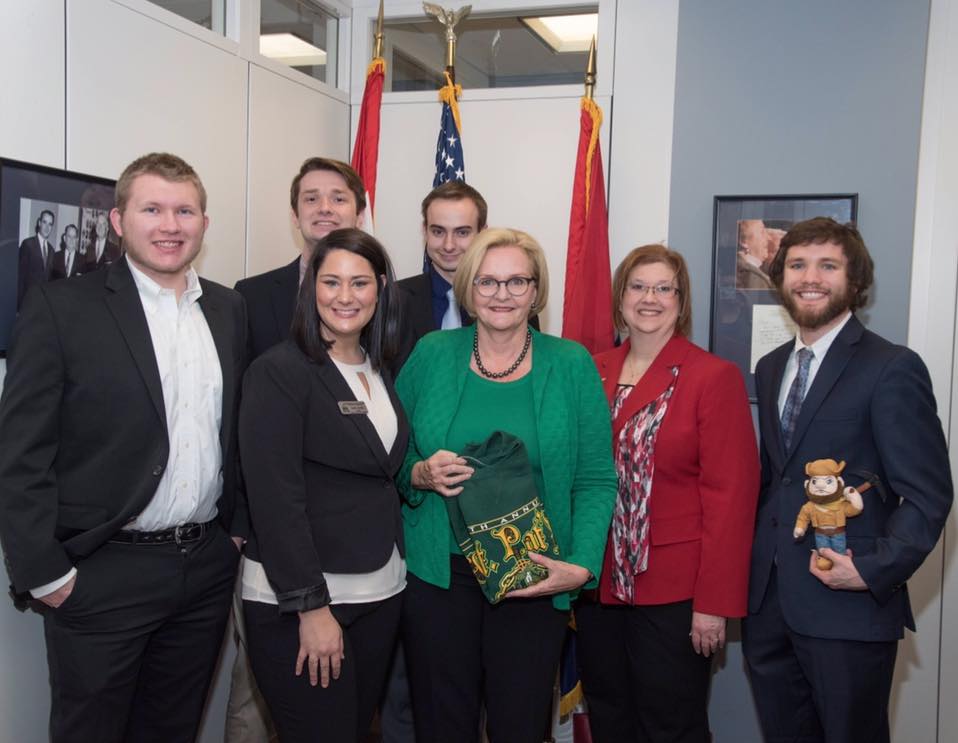Work Experience
Sandia National Laboratories CCD Intern
I was a year-round intern at Sandia National Laboratories from May 2017 to December 2019. I left to focus more heavily on my Ph.D. I greatly enjoyed my time at Sandia. The culture there is really great. Safety and security are their number one and number two priorities, but despite this, the environment there was pretty chill.
During my time there, I worked on roughly 7 projects for a varied length of time. I have permission to discuss three of them.
-
CAGA: Counter Adversarial Graph Analytics
A link to a poster describing the project can be found HERE.
-
FrogEye: Joint Analysis of Source Code and Binaries Using Machine Learning
A link to a poster describing the project can be found HERE.
-
Conan: Emulytics on the 1553 Protocol
A link to a poster describing the project can be found HERE.
-
Other
My other projects involved data analytics, creating python modules in C++, and analyzing software.
Introduction to Programming GTA

I was a graduate teaching assistant at Missouri University of Science & Technology during the fall semester of 2019. I was responsible for teaching two sections of CS 1570, Introduction to Programming. The class focused on teaching basic C++ to students, focusing on C++03. Prior to the course, most students had no programming experience. It was my duty to teach students the fundementals of programing, covering topics ranging from what data types are to how the various operators function. By the end of the course, students were able to write templated classes in C++. In addition to teaching two sections, I also was the primary exam writer and helped write the assignments. I held office hours each week for students to ask questions (which they mostly did 3 hours before the assignment was due...).
The following is a list of topics which was covered from least to most difficult:
- Composition of a computer system, software, compilers, and algorithms
- The Basics:
- Variable types and naming
- Operators
- Statements: if-else, while, do-while, for, switch, etc.
- Structs
- Random Number Generators
- File I/O
- Null Terminating Character Arrays (Because C is still a thing)
- Arrays
- Functions:
- Pass-by-Value VS Pass-by-Reference
- The "Run-Time Stack"
- Function Overloading
- Static Variables
- Separate Files (Compiling and Including)
- Default Arguments
- Object-Oriented Programming:
- Classes
- Public VS Private
- Friend Functions
- Constructors
- Templated Classes
- Other:
- Namespaces
- Pointers
- DOCUMENTATION - I drilled this into their heads to a very high degree
Cerner Intern
I was a software engineering intern at Cerner during the summer of 2016. I lead a team of three interns in creating a Ruby On Rails web application that aided each of our teams in streamlining the development process. I used APIs from a variety of development tools, such as Jenkins, Crucible, and Jira. When an API was not available, I scrapped the information I needed from the sites. We used MongoDB as our database system. Due to teammates trying to find every security vulnerability they could in my login process because they could, I added security features to the app including input validation. I even had time to add a couple of Easter eggs into the app, such as a live panda feed. 🐼
Database Applications and Information Systems GTA
During the spring semester of 2020, I was a graduate teaching assistant for CMP_SC 3380, Database Applications and Information Systems at Mizzou. My duties included holding office hours for students to ask questions and grading assignments/exams. The class focused on the fundamentals of database management systems, data modeling, relational algebra, and SQL.
Organization Experience
Association for Computing Machinery
The Association for Computing Machinery, or ACM, is the world's largest educational and scientific computing society. At Missouri S&T, we had a very active ACM local branch. During my undergraduate years, it consisted of three SIGs(Special Interest Groups) and a general body.
There was SIG-COMP or competition. This group held and competed in programming competitions. Weekly meetings would be held to go over different algorithms. Programming problems from open.kattis would be assigned weekly.
SIG-SEC or security competed in CTF competitions and had a variety of workshops.
SIG-Game built a game every semester. MegaMiner was their main event. It is a 24-hour competition, where participants have to write an AI to play the game made by SIG-Game. During my time at S&T, I competed in six MagaMiners with varying success.
Finally, ACM General was the governing body over all of the SIGs. In addition, they would bring in companies to give Talks about state-of-the-art technologies.
-
President

During the 2015-16 school year, I was president of our ACM chapter. My duties as president included finding sponsors, leading meetings, and making sure ACM didn't burn to the ground. I had to approve budgets in the orders of thousands of dollars and to make sure each of my sub-organizations had all of the necessary equipment to function properly, including laptops for our Cyber Defense team. In addition, I scheduled tech talks with companies. The same academic year I was ACM president, I was voted to receive the Computer Science Leadership Award by my peers.
-
Secretary
During the 2014-15 and 2016-17 schools years, I was ACM secretary. My main duty was to advertise ACM events. I had to make and hang fliers for all ACM General events. In addition, I took meeting notes during officer meetings.
-
SIG-Competition - Chair
SIG-Comp is the closest SIG to my heart. I was chair during the 2016-17 school year. As chair, I attended officer meetings to make sure we had the support from ACM general that we needed. In addition, I planned our local ACM Programming Cup, a 5 hour programming competition. Also, I would give lectures on different programming/algorithm topics when Dr. Morales, our advisor, was not available.
Some of my SIG-Comp accomplishments are:
- First place on-site at two ICPC competitions at Webster University (2015, 2017)
- First place individual at MS&T's ACM Programming CUP (Fall 2019)


-
SIG-Security - Member

During my undergrad, I was heavily involved in SIG-Sec. I participated in many events, such as the annual cantenna build. In addition, I took part in the first four cybersecurity training bootcamps that Sandia partnered with S&T to have. Each year, a chosen group of students from S&T would drive down to Albuquerque, NM (unless if you're Sammie, then you flew down) to learn cybersecurity from Sandians. A range of topics were covered including: using Metasploit to break into windows machines, using IDA Pro to reverse engineer malware, and how to use nmap and Netmeld to map out networks.
Associated Students of the University of Missouri
 During my undergrad, I was part of the Associated Students of the University of Missouri, or ASUM. The goal of ASUM was to get students more involved in politics.
We would also lobby on behalf of students. Twice, I went up to Washington D.C. to talk to members of congress for Missouri. We talked to both the House of Representatives and the Senate.
I was programming coordinator during the 2014-15 school year. My duties primarily included planning all of our events. We held several events, such as "pie and politics", trivia nights, a bowling night, and movie nights. Each year, we would show V for Vendetta. During the year I was programming coordinator, I had to propose the budget to reslife so we could get additional funding.
During my undergrad, I was part of the Associated Students of the University of Missouri, or ASUM. The goal of ASUM was to get students more involved in politics.
We would also lobby on behalf of students. Twice, I went up to Washington D.C. to talk to members of congress for Missouri. We talked to both the House of Representatives and the Senate.
I was programming coordinator during the 2014-15 school year. My duties primarily included planning all of our events. We held several events, such as "pie and politics", trivia nights, a bowling night, and movie nights. Each year, we would show V for Vendetta. During the year I was programming coordinator, I had to propose the budget to reslife so we could get additional funding.
Other
-
Downtown Hall Association
I was vice president of the downtown hall association during the spring semester of 2015. I lead meetings when the president was not available. I also lead the head hall governors in projects involving their halls. I was elected St. Pat Knight for DHA, which is a big MS&T thing.
-
History Club - Vice President
During the 2014-15 school year, I was history club vice president. History club was mostly an excuse to eat free pizza, hang out with my friends, and talk about funny history stuff.
-
Gold Medallion
I graduated high school with an honors diploma known as the gold medallion. To receive it, I had to have good grades, which is a given, and to complete 100 hours of community service (which also granted me the Presidential Service Award). The hardest part of gold medallion is performing a dissertation like research project. For a semester, I had to do an in-depth examination on a research topic I picked out and give a 40-minute presentation argument about the topic. I chose to do mine about online learning or e-learning. In addition to doing lots of reading, I conducted three interviews with professionals knowledgeable in the subject area.
-
Assisteens - President
Assisteens is a sub-organization of the Assistance League of Kansas City. During the 2012-2013 school year, I was president of our local chapter. I would lead meetings and try to get everyone involved.